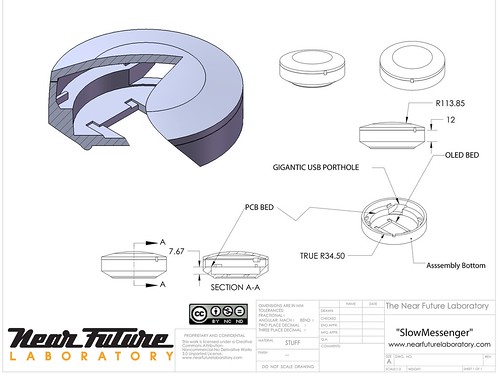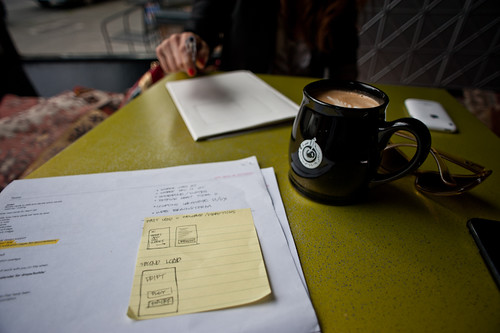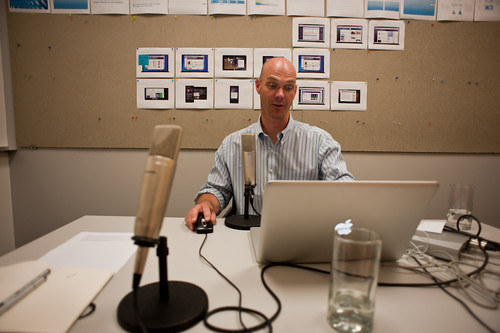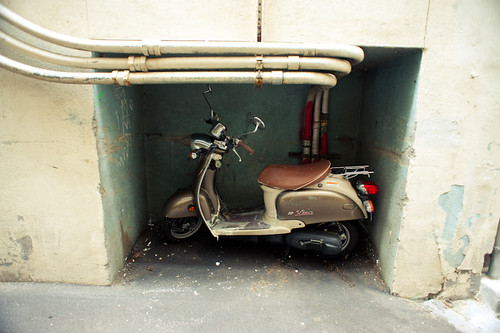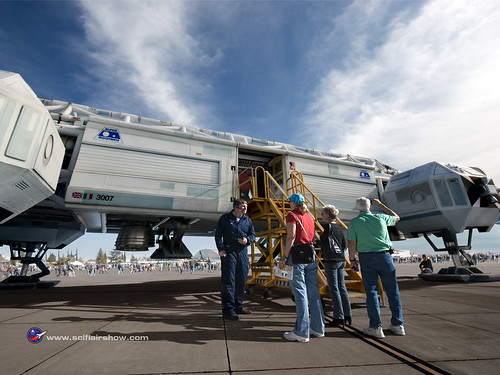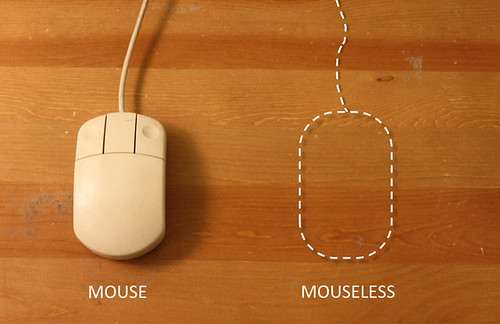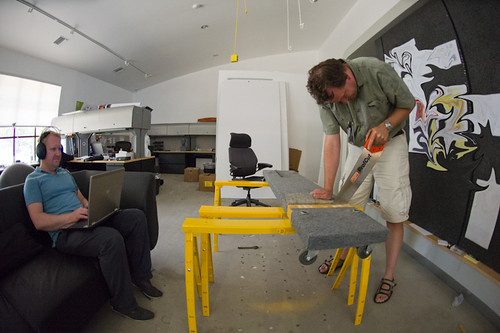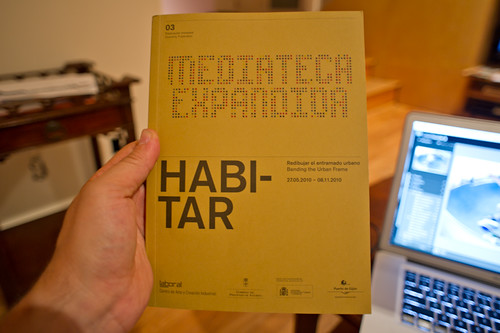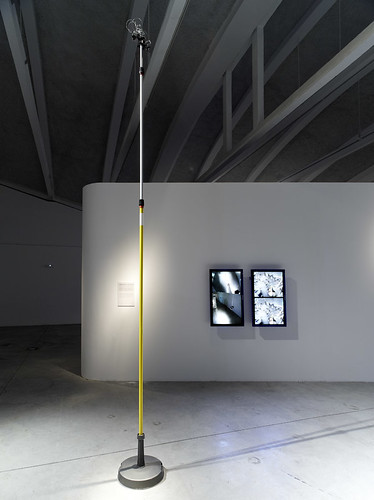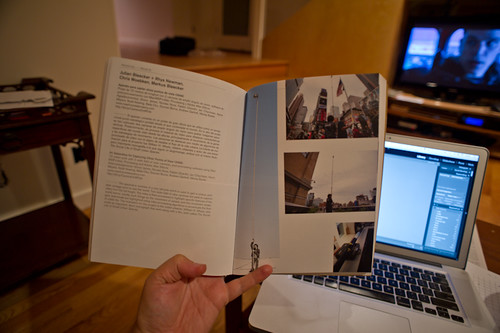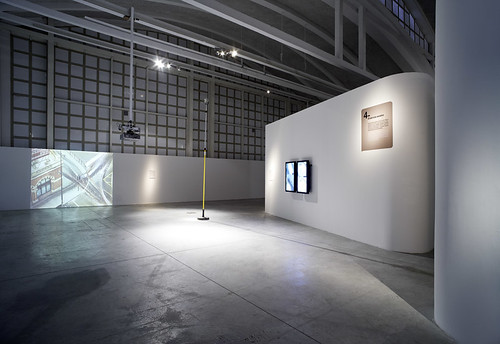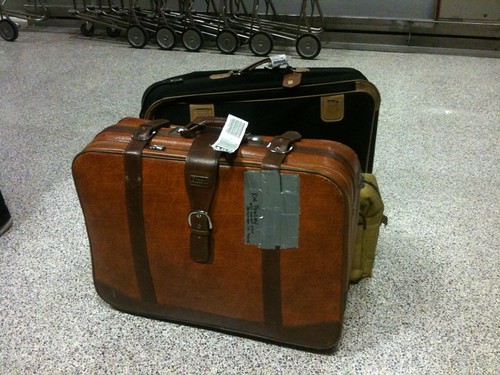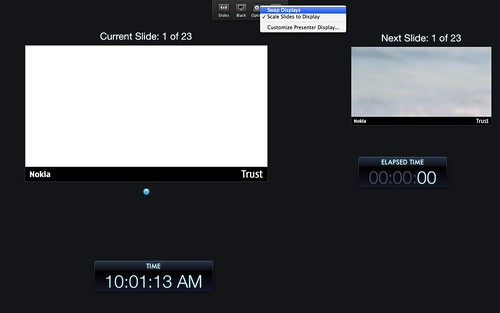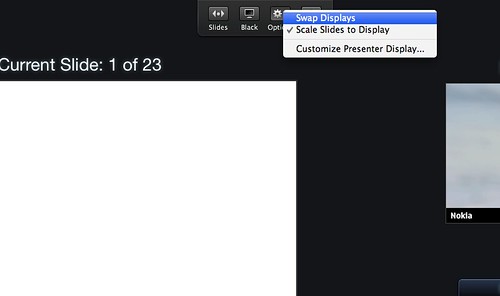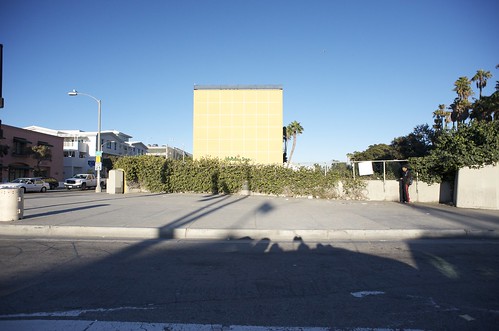Last weekend was a trip to Santa Cruz for the retirement jubilation of a professor and mentor from grad school, Jim Clifford. He reminded me that retirement isn’t quite the right word. I believe him when he says he’s looking forward to doing more of the fun intellectual work rather than the prickly hassles of university bureaucracies.
An outcome of the weekend and thinking back on the days when I was more solidly in academia and starting to look for ways to knit together the intellectual tools with the more parochial *industry opportunities that were out and about in the late 1990s. I remember hearing about someone at MTV who was doing what they called “ethnography.” ((Another outcome was a reminder as to how positively obscure and technical academic dissertations titles can be. Sort of like service manuals for ideas or something.))
Through Jim, who is trained as a historian and may be best described as a historian of anthropology, and Donna (pictured above) I learned about anthropology from a sort of *critical perspective, meaning the nature of it, how it has a history and role in the organization and making of culture and so on. And of course at the time there were fascinating discussions about *corporate ethnography, work-place studies, institutional culture studies and all this. It was happening a bit not too far away. Lucy Suchman at the time was nearby and others at PARC back when that’s what it was and we’d all spend time grappling around. But I remember this MTV guy in particular. A guy from MTV..doing ethnography. When I saw the documentary that contained his ethnography, it started with him rolling up to some teenager’s house in a black town car and sitting with him going through his closet and asking him about his guitar. I thought I’d never stop throwing up.
The recollection of that over the weekend and then thinking about the design research penchant for puttering off to far away places to do embedded field studies or whatever, then coming back and putting up lots of post-it notes to sort out what is what, and what should be made and why. Well — I think I’m a cynic on that practice now, and maybe I just haven’t seen the example of that work that’s thicker than paper in its substance. I enjoy getting out and away and it’s a good way to focus on a topic, and maybe that’s it. An informal field trip to turn the studio inside out for a spell.
In my experience — which isn’t broad and wide, but it’s not nil, either — the outcomes are not entirely that which could arise with a small team of engaged, thoughtful designers prepared to refine and hone and question their own assumptions without the need for a trip advisor and hundreds of interviews. Keen observation and thoughtful reflection may be what some people in the corporate design research world call *ethnography when they haven’t a clue and want to back-load their justification for expensive trips.
It may not always be called ethnography, but I suspect these design research embedding trips often lean heavily against the authority the ethnography can bestow. Going native in a way and then returning to explain — all the trappings and snappings that lend this authority to the work in naive eyes..we’ve been to the other side and are now coming back with the primal formulation that authorize us. The translation of experiences into insights into principles into recommendations is a slippery slope. And so is the near opposite, which would be *we know best what you people there in dusty, rank parts of the world need.
Anyway, that popped into my head during last week and while looking at a fascinating body of work which was the product of what I personally thought might’ve been excessive jetting around to out of the way places ((not really)). There was one crucial insight that came out of all that work, and the one principle which I think just about justifies it all. But, I’m nearly convinced that that one nugget could have come otherwise. Then again, it’s easy to look back with the benefit of hindsight.
Well, that was that.
In other news, I finished the short, short essay I promised for the 01SJ festival catalog. That was both fun to do and good way to rev up the writing chops, as I have another writing deadline on a similar topic due at end of July for the Swiss Design Network conference. Also, reasonably good progress on stuff in the studio, although it’s getting vacation-y and quiet as we enter into the summer months.
Continue reading Weekending 06202010
